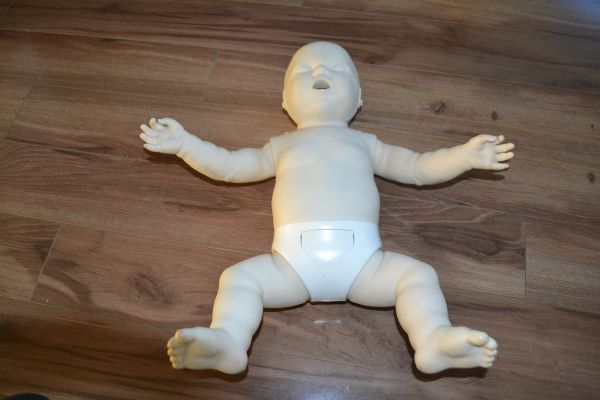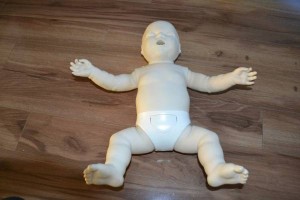Abusive head trauma or shaken baby syndrome is a type of inflicted head trauma. This injury can be due to a direct strike or blow to the head, dropping or throwing as well as shaking a child.
What are the indications of abusive head trauma?
In any case of abusive head trauma, the force and duration of the shaking, frequency of episodes and if impact is involved can affect the severity of the injuries. In violent instances, children might arrive in the emergency department unconscious, suffering from seizures or in a state of shock. In most cases though, the child might not be taken to a healthcare facility if they do not show any severe symptoms.
In less severe cases, a child who has been shaken can experience the following:
- Irritability
In any case of abusive head trauma, the force and duration of the shaking, frequency of episodes and if impact is involved can affect the severity of the injuries. - Lethargy
- Vomiting
- Appetite loss
- Poor swallowing or sucking
- Rigidity
- Lack of smiling or vocalizing
- Seizures
- Unequal pupil size
- Altered consciousness
- Inability to lift the head
- Inability to focus the eyes or track movement
How is the injury diagnosed?
In most instances of abusive head injury, they are usually brought in for medical care as “silent injuries”. It simply means that parents or caregivers do not provide a history that a child sustained abusive head injury or shaking injury, thus doctors do not know to check for any subtle or physical indications.
In several cases, infants who do not have severe symptoms might not be taken to a doctor. Most of the less severe symptoms such as irritability or vomiting might resolve and might even have several non-abusive causes.
It is sad to note though that unless a doctor has reason to suspect child abuse, the mild cases often end up misdiagnosed as colic or a viral condition. If child abuse is not suspected, a child might be shaken again that can result to further brain injury.
Once abusive head injury is likely, the doctor will check for the following:
- Skull fractures
- Hemorrhage in the retina
- Brain swelling
- Rib and long bone fractures
- Subdural hematomas
- Bruises around the neck, head or chest
Disclaimer / More Information
The information posted on this page on abusive head trauma is for learning and educational purposes only. To learn to recognize the indications and how to manage head injuries such as abusive head trauma, register for first aid training at one of our training centers located throughout Canada.


